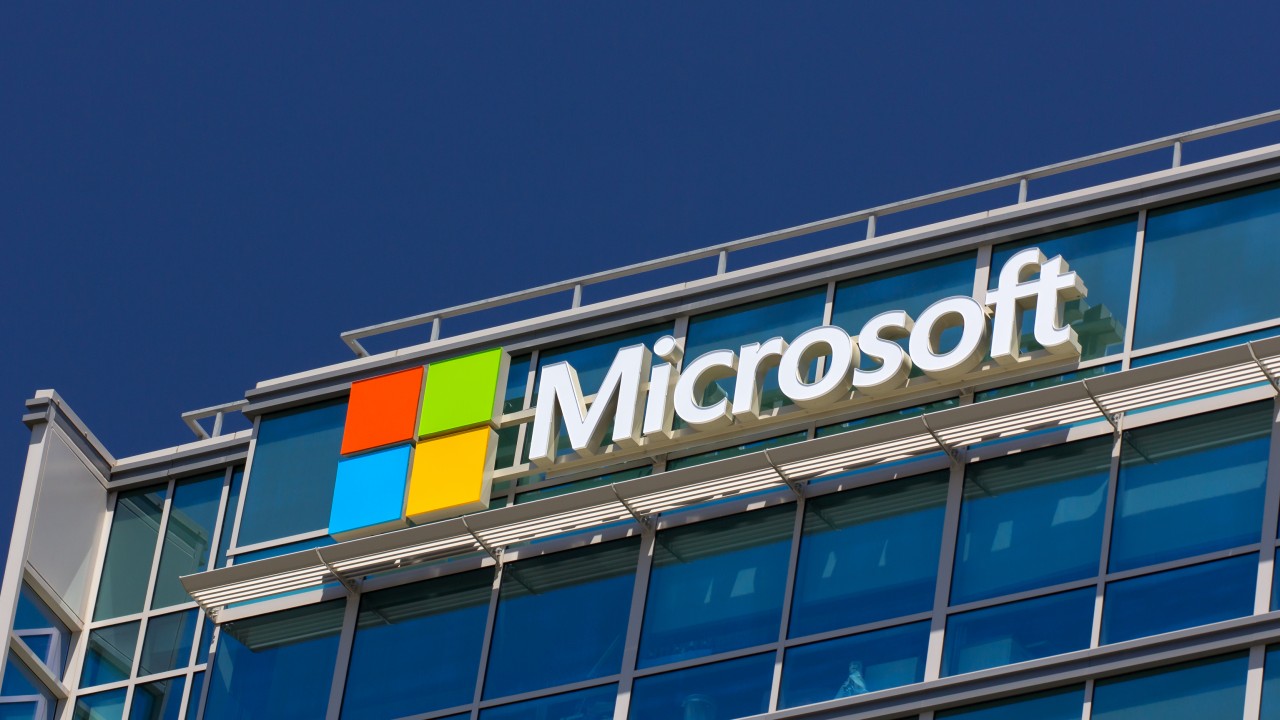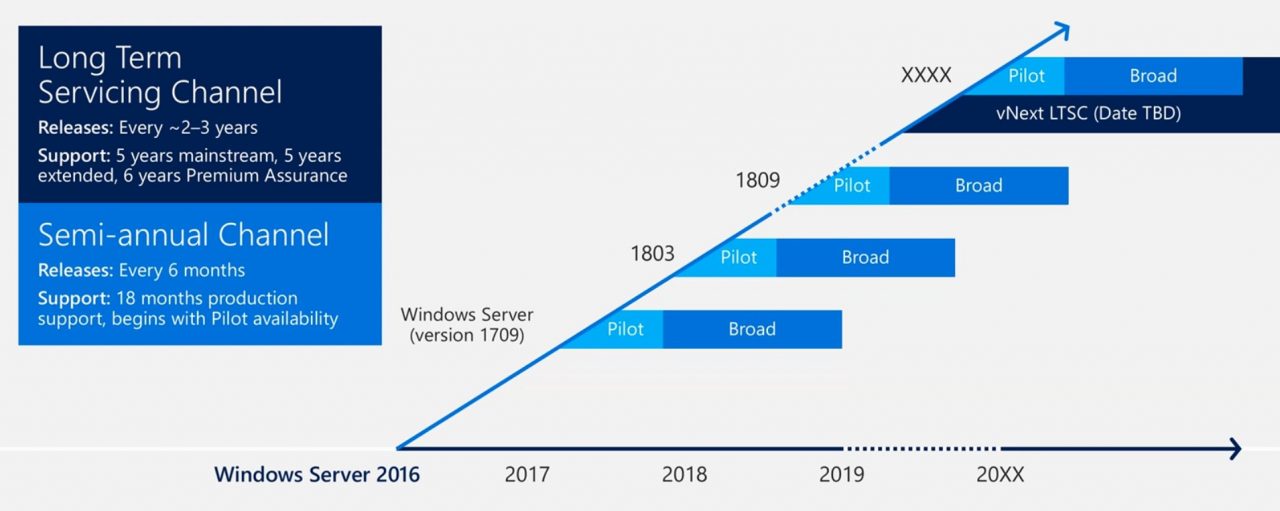Microsoft Defines Its Path Forward for On-Premises
Every time I present or speak at an event, one question that always comes up is “what is the future for on-premises” data centers. It’s a valid question as Microsoft is pushing everything cloud these days and while it may look like they are moving beyond supporting local data centers, that’s not accurate, but they are going to force the modernization of the environment.
Let’s be clear, the on-premises data center is not going away anytime soon. While Microsoft, Amazon, and Google would like to think that Cloud is the be-all, end-all solution to IT infrastructure, HPE, Dell, and Lenovo can prove that based on their sales of hardware, this isn’t the case.
That being said, Azure, AWS and similar will reduce the number of new data centers built because as new companies are born, it typically makes sense to build in the cloud than investing in server hardware. Granted, that doesn’t work for every company and there are genuine reasons why the cloud is not for everyone but for most, cloud solutions are viable options going forward.
There are two things you need to understand about Microsoft’s support for on-premises data centers, the new servicing model for Windows Server and Azure Stack; these two items represent a genuine look at how Microsoft is viewing the evolution of your data center.
There are two primary servicing channels for Windows Server going forward, Long Term Servicing Channel (LTSC) and Semi-annual Channel (SAC). As both names suggest, long term has a new release every 2-3 years with 5 years mainstream, 5 years extended support and also an option for 6 years of Premium Assurance assistance. The Semi-annual channel ships updates twice a year that will deliver new features to the platform; the slide below provides a good look at the delivery model.
The twice a year update represents the nimble data center, one that can update frequently to receive the newest features first and the LTSC is for older installations or companies that don’t have the capacity to regularly update their infrastructure.
For those on the SAC, you will be able to skip one feature update per year which will ease the burden on system admins who don’t want to devote two times a year to deploying upgrades. Each feature update will be supported for 18 months, the same as Windows 10.

With this change, Microsoft will be updating its naming convention to one that is similar to how Windows operates. For SAC, this version will be known as Windows Server 1709, 1803, etc. and LTSC will stick to names like Windows Server 2012, and 2016. The goal here is simple; faster updates for its server software that results in the practices used inside the modern data center.
On the other side of the coin is the hybrid world of the data center; Azure Stack is Microsoft’s big investment for the long term for medium to large environments. The goal here is to extend the benefits of Azure to on-premises operations to those who may not have typically used the cloud platform but need the benefits of its technology.
But more importantly, by deploying Azure Stack in your data center, this sets up a future transition to the cloud-based solution. With hardware now being offered that is Azure Stack certified, when an on-premises deployment looks to move to the cloud, you can easily port the local solutions to the cloud with minimal impact as Azure Stack is an extension of Azure down to your data center.
The goal for Microsoft is to bring Azure to everyone and while not all operations can or are ready to move to the cloud, Microsoft is going to keep adding features to Stack and Server that tie in natively to Azure so that when these operations do move to the cloud, jumping to Azure is the natural choice.
For other services like SharePoint, Microsoft has already said that there will be another release designed for on-premises operations. But, they have said that cloud-based users will get new features first and that’s the overall theme for Microsoft.
If you want to be on the bleeding edge of Microsoft software and services, the cloud is the way to go, or at a minimum, Azure Stack. For those who need to work on-premises, you will find yourself behind your cloud-based peers but the company is not abandoning these users anytime soon. That being said, the company is planting seeds to entice users to move to Azure and ditch local hardware and those efforts will only intensify with each new iteration of on-premise software they release.





